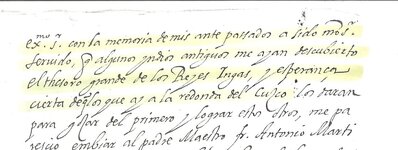KANACKI
Bronze Member
- Mar 1, 2015
- 1,445
- 5,933
- Primary Interest:
- All Treasure Hunting
Hello All
Inca treasure is still being found on occasion.
The following was recovered from locals in Peru near Cajamarca
Was it part of Atahualpa Ransom?
The hoard was found on a hill side by villagers who tried to sell this piece below for 30 thousand USD .
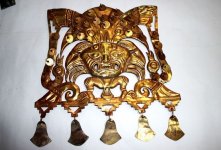
Other pieces of gold below.
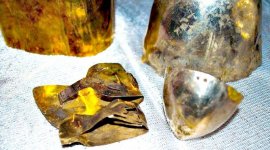
And silver
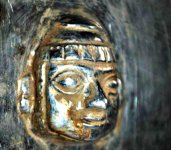
The Peruvian antiquities confiscated off the villagers once they heard that artifacts was for sale. The site of the alleged discovery is now being investigated by police and archaeologists.
Kanacki
Inca treasure is still being found on occasion.
The following was recovered from locals in Peru near Cajamarca
Was it part of Atahualpa Ransom?
The hoard was found on a hill side by villagers who tried to sell this piece below for 30 thousand USD .

Other pieces of gold below.

And silver

The Peruvian antiquities confiscated off the villagers once they heard that artifacts was for sale. The site of the alleged discovery is now being investigated by police and archaeologists.
Kanacki
Amazon Forum Fav 👍
Last edited:


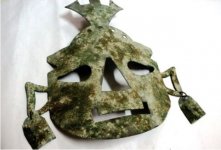
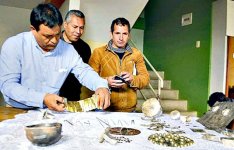
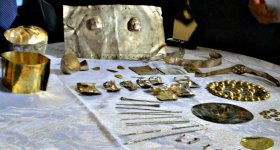
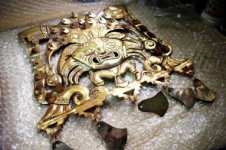
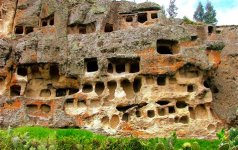
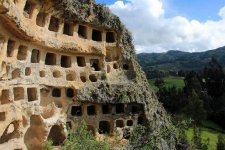

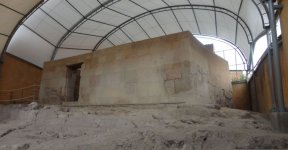
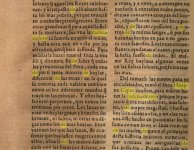
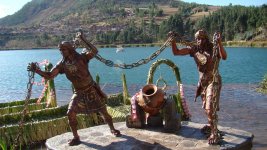
 ?? But others ya just do not know for sure.
?? But others ya just do not know for sure.